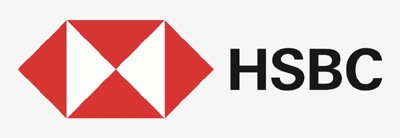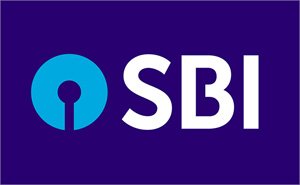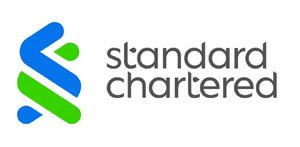Structured trade finance or structured commodity finance is a type of debt finance against commodity trade flows, which is used as an alternative to conventional lending. It is regularly used in developing countries and in relation to cross-border transactions. The aim is to promote trade by using non-standard security; it is usually used in high-value transactions in bilateral trading relationships.
It is most prevalent within the commodity sector and used by processors, producers, traders, and end-users. However, the types of finance and security packages vary widely; as there is warehouse financing (stock), borrowing base financing (revolving finance based on underlying assets), processing or tolling (converting products), and pre-export (prepayment) finance along with reserve-based lending.
It is important to note that many of these facilities are self-liquidating; they pay themselves back via the sale or export proceeds of the underlying product, so in many cases funding mirrors the underlying trade cycles.
STF structures allow payment times to be lengthened, diversification of funding, strategic procurement and increases the ability for clients to increase facility sizes. It is more resilient when compared to financing individual trade elements.
In STF, more focus is placed on the structure and underlying cash flows.
Structured trade finance is a term used for several types of lending. Financings are structured in various ways with the usual ultimate aim to have an independent structure that sits alone. For this to happen many mechanisms are put in place and these may include an escrow agent, insurance, and a collateral manager when we look at products in the warehouse.
Agreements are key in relationships; which must be governed by clear contracts and underlying covenants. Clauses will need to be enforceable, roles of parties defined, and governing law clauses set out. Security documents will be the main focus of these agreements; with charges on property, asset charges, guarantees, SBLCs, and debentures along with the priority ranking set out.
We sometimes see the above structures put into special purpose vehicles; so, they can act as standalone structures. Other price mitigation tools that are used include fixed-price contracts, forward contracts, futures, etc.
The ultimate aim of these more structured type-financings is to trade with emerging markets to receive repayment by the liquidation of the underlying trade cycle.
The team at ABV assists in setting up the structure and consults for availing of structured trade finance for its clients. We are the one-stop-solution for all your financial needs.















